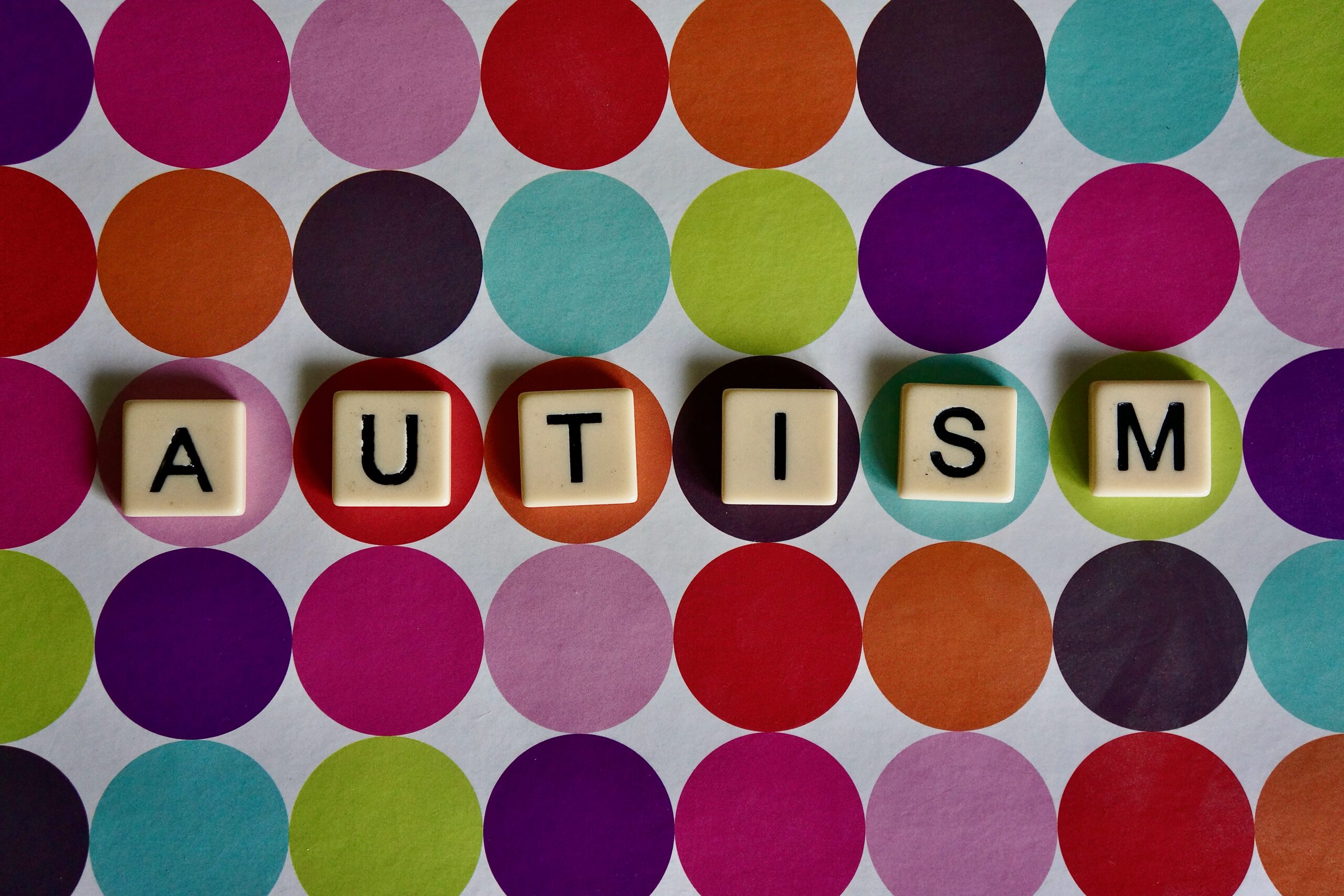
Autism is a life-long developmental disability. Individuals with an autism diagnosis may experience the world a little differently as their brains process information and interactions in a different way. Read more about an autism diagnosis, what daily life is like and some tips for making communication easier.
In this blog, we are going to look at autistic meltdowns and shutdowns – what they are, how you can recognise the signs and how you can support your loved one through a meltdown or shutdown.
When a person with autism becomes completely overwhelmed by their current circumstances, they may enter into a meltdown. An autistic meltdown causes a temporary loss in behavioural control, and this can present as physical, verbal or both, which can mean it is an exhausting experience.
Physical signs may be shouting, screaming or crying, while verbal signs may be hitting, kicking, or even biting.
A common misconception, especially in children, is that an autistic meltdown is just throwing a tantrum, but this is not the case. It’s important to understand that a meltdown is a way of coping with feeling completely overwhelmed.
An autistic shutdown is also linked to feeling completely overwhelmed, however instead of lashing out, the person will withdraw, going quiet and not reacting to anything around them. Although this may seem like a less intense experience than a meltdown, it can still be debilitating and frustrating. All energy is being focused on basic functions, meaning that communication can become difficult.
There are various things you can do to help prevent a loved one from experiencing a meltdown or shutdown.
The first step is to identify the triggers that lead to a meltdown/shutdown. It may be helpful to keep a log over a couple of weeks or months, and record what happens before, during and after each meltdown. This can help you to identify patterns, for example, it may be that meltdowns are triggered in certain places or at certain times.
Once you have identified any triggers, you can then plan to minimise or remove these completely if possible, to reduce the likelihood of the person becoming overwhelmed.
If you are able to recognise the signs that are common to your loved one prior to experiencing an autistic meltdown, then it may be possible to prevent it from occurring.
There are some signs that you or a loved one may be about to experience a meltdown. Many people will be distressed beforehand, and may show signs of anxiety, including pacing or seeking reassurance.
If you suspect that your loved one is feeling overwhelmed and may be about to go into a meltdown, there are ways that you can try to calm them down. Help the person use calming strategies, for example listening to music or using fidget toys. Try to distract the person, and remove anything that may be triggering the overwhelming feelings, for example, move to a quieter room, or dim any bright lights.
The signs of a shutdown are a little more difficult to spot, as a shutdown is a much quieter response to overwhelm than a meltdown. Some of the most common signs of a shutdown are:
Not communicating, sitting or lying completely still, withdrawing or isolating themselves.
Supporting someone in meltdown or shutdown
If someone is experiencing an autistic meltdown or shutdown, there are some things that you can do to support them. Be empathetic and give them time and space – it can take a little while to recover from information overload. Try to create a safe space and remove all distractions. Ask them if they are okay, but don’t expect or push for a response. Don’t ask too many questions – while it may feel like asking if there is anything they need or if there is anything you can do is helpful, too many questions at once will only add to the overload.
In this video, Ambitious about Autism’s Youth Patrons explain their experiences’ of meltdowns and what others can do to help.
A common cause of overwhelm can be sensory overload. Many individuals with an autism diagnosis experience sensory sensitivity. Read more about sensory overload here.
Changes in routine can lead to feelings of anxiety which may result in a meltdown or shutdown. Try to stick to a standard routine as much as possible and find ways to communicate any changes so that the person can understand.
Northern Healthcare provide 24/7 specialist support to individuals with a mental health diagnosis, learning disability or autism. We promote recovery by helping individuals learn the skills needed to live as independently as possible. For individuals with autism, their support plan may include learning coping strategies and calming techniques. Our team will support individuals with skills training, sensory assessments, and bespoke communication tools. Find out more here.
While they may present differently, autistic meltdowns and shutdowns can both be a distressing experience for the individual and the people supporting them, but as discussed it is important to remain calm and empathetic. Identifying triggers and possible causes can help to reduce the likelihood of a meltdown.
For further advice and guidance, speak with your GP or healthcare professional. They will be able to provide advice or refer you to a specialist service in your area who can provide support and tools for managing an autistic meltdown for yourself or a loved one.
For more information and expert advice on a range of issues that affect autistic individuals and their families and friends, visit the National Autistic Society website.
Photo by Peter Burdon on Unsplash.